5 Unique Indian Wedding Customs
Indian customs are unique in every way. The essence of wedding customs is that they spell auspiciousness and goodwill throughout the ceremony. While specific communities follow certain particular customs, there are many that transcend the boundaries of religion, geography, and even culture.
Don’t miss a chance to enjoy these 5 unique Indian wedding customs!
Mehendi and Sangeet
Mehendi is the earliest known form of body painting. The mehendi ceremony is a ritual that marks the beginning of the wedding season. The bride’s friends, cousins and elderly women apply mehendi paste on the palms, ankles and back of the bride to represent the “blessings of the Sun God.”
Sikhs, Muslims and the Sindhi community emphasize the mehendi ceremony a lot. Often, they relate the drying of the mehendi on the bride’s hands as an auspicious phenomenon. The dark brown or olive green design transforming into a richly hued mustard or golden brown shade is a much awaited event.
The sangeet ceremony is a dance and drama routine, performed by the hosts of the wedding. In India, the sangeet is an elaborately choreographed session. Members of either families participate and dance to traditional wedding folk songs and also to the latest Bollywood numbers.
Haldi for the bride
In this old tradition, the bride bathes in a paste of turmeric (haldi), honey, saffron and milk. She soaks herself from head-to-toe in turmeric paste and eats fresh fruit all day. Haldi is an antiseptic ingredient and it also symbolises fertility. Moreover, the bright yellow dried turmeric shade on the skin gives the bride a beautiful sun-kissed look overnight. The glow of the turmeric will radiate from her face on the following day.
The haldi ceremony is another one of the pre-wedding customs observed in many Indian communities. It is also a great fun getogether for elders, friends and other family members.
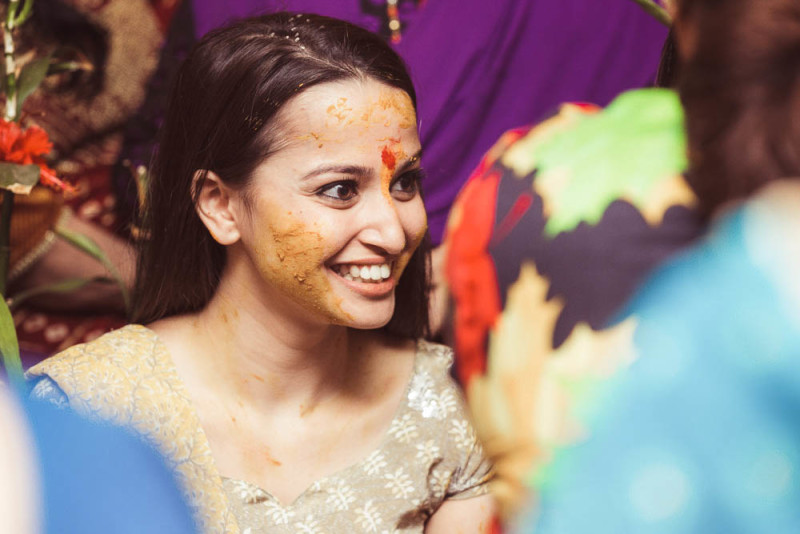
Presence of mother is a taboo
Bengali weddings do not allow for the mother’s presence, considering it unauspicious. Strange isn’t it? In the past, mothers often brag about either party’s preparations, mostly like rivals. Hence the ban – No, of course not! The logic behind this custom is simple. Often, after the daughter leaves the house, the mother has to clear up the left-overs and resume her chores before wedding is solemnised. The groom’s mother has to arrange for the new bride’s arrival and make it comfortable.
Hence, the duty of a mother is in welcoming the new member into the household. So, her presence is not welcome at the wedding.
Garland exchange and sindoor
In Indian weddings, flower garlands have a unique place. Be it either a Christian or a Muslim wedding ceremony, a Sikh or a Buddhist ceremony, the garland exchange in the mandap is a common feature. The garland symbolises the eternal tie between the couple. Following exchange is the tying of mangalsutra (thread of austerity), the ring exchange and the splashing of vermillion on the bride’s forehead.
And finally, the strange custom of “Kaal Ratri” …
Kaal ratri
The groom’s family separates the newly married couple from each other for a night. The custom has mythical as well as health connections. After a good day’s hard work and tiring greeting activities, the married couple eat nutritious food and sleep separately. Consequently, the two then come together on the next only. They begin their new life feeling fresh in the mind and body.
You can observe other unique customs like the Baraat (groom’s wedding procession) and Bidaai or Ruksat (farewell to the daughter) in Indian weddings.

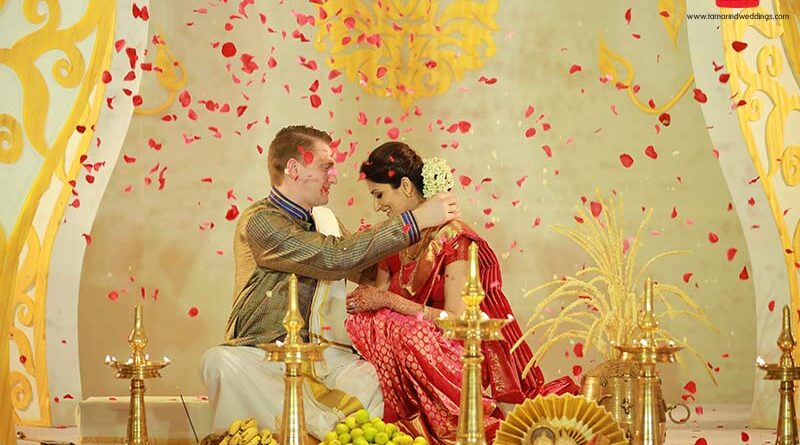
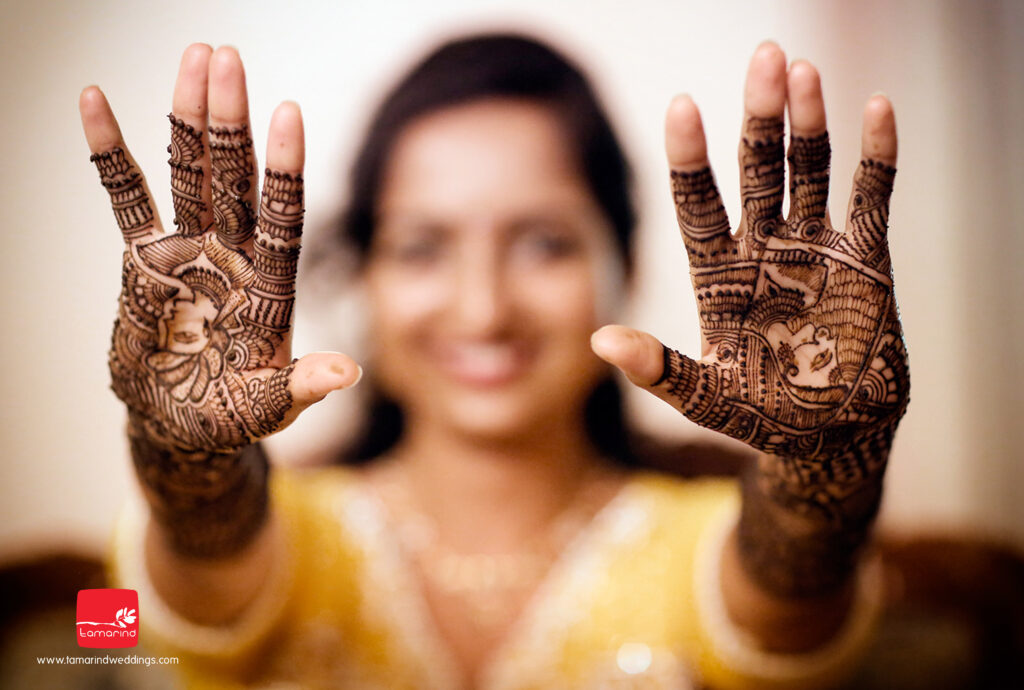







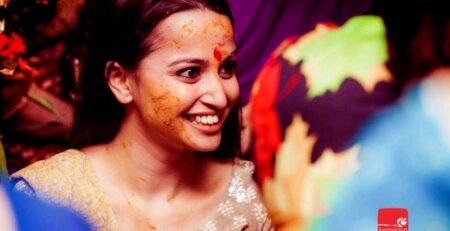


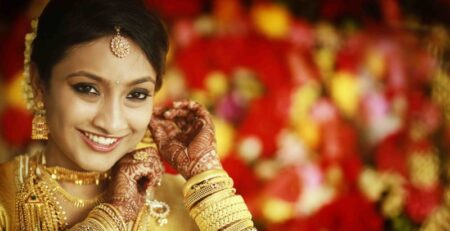
Comment (1)
Perfect one. It refers effective information about Indian weddings. And Event organizers make stress free wedding. It will be helpful for all who are looking for the best